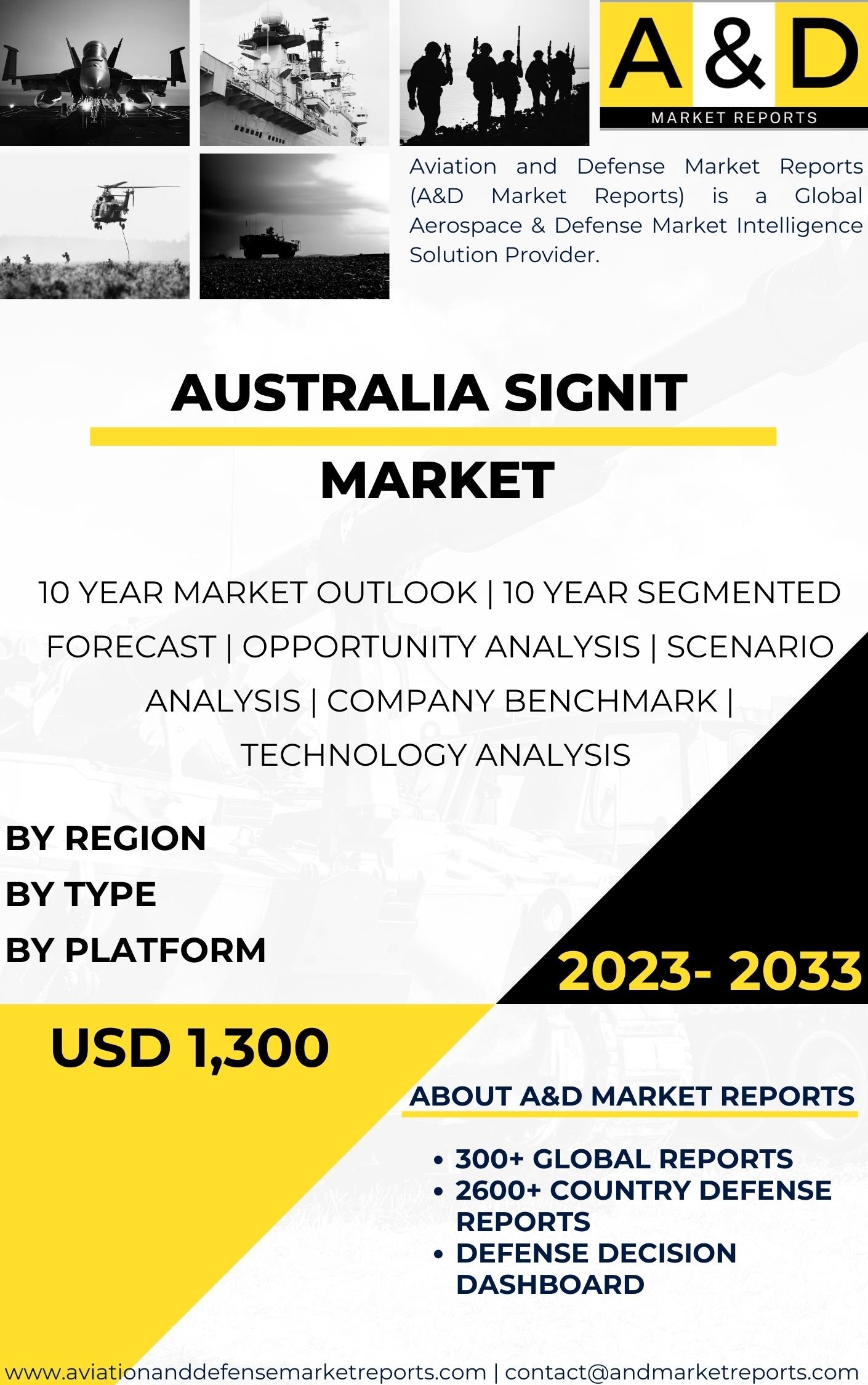Description
The Signals Intelligence (SIGINT) market in Australia plays a critical role in the country’s national security and intelligence gathering efforts. SIGINT involves the interception, analysis, and exploitation of electronic signals and communications, providing valuable intelligence for military, law enforcement, and government agencies. This article provides a comprehensive overview of the Australia SIGINT market, including its significance, current applications, major players, technological advancements, government initiatives, civilian applications, and future prospects.
The significance of the SIGINT market in Australia lies in its ability to gather critical information about potential threats, monitor foreign communications, and support national defense and security. As a geographically vast country with strategic interests in the Asia-Pacific region, Australia faces a complex and dynamic security environment. SIGINT capabilities are essential for monitoring the activities of state and non-state actors, detecting cyber threats, and countering terrorism and other security challenges.
The Australia SIGINT market encompasses various intelligence collection and analysis capabilities, including communications intelligence (COMINT), electronic intelligence (ELINT), and signals analysis. COMINT involves the interception and analysis of communication signals, such as voice, data, and text messages, to extract intelligence on adversary activities, plans, and intentions.
ELINT focuses on collecting and analyzing electronic signals emitted by radar systems, electronic warfare equipment, and other electronic devices, providing insights into enemy capabilities and military hardware.
Signals analysis involves the processing and interpretation of intercepted signals to extract actionable intelligence, such as codebreaking, deciphering encrypted communications, and identifying patterns or trends.
The current applications of SIGINT in Australia include defense and military operations, intelligence gathering, cybersecurity, counterterrorism efforts, and law enforcement support. Defense and military operations rely on SIGINT to gain a comprehensive understanding of potential adversaries’ capabilities, intentions, and activities. SIGINT plays a crucial role in supporting military planning, targeting, and situational awareness on the battlefield.
Intelligence gathering and analysis utilize SIGINT to monitor foreign communications, identify potential threats, and assess global security trends. SIGINT helps in tracking the movements and activities of foreign military forces, terrorist organizations, and other entities of interest.
In the cybersecurity domain, SIGINT is vital for detecting and countering cyber threats, such as cyber-espionage, cyberattacks, and information warfare. It assists in identifying and mitigating potential cyber threats to critical infrastructure, government networks, and commercial sectors.
Counterterrorism efforts leverage SIGINT to monitor and track terrorist networks, uncover terrorist plots, and disrupt their communication channels.
Law enforcement agencies also benefit from SIGINT capabilities to support criminal investigations, gather evidence, and counter organized crime activities.
The Australia SIGINT market is served by both domestic and international players. Domestic agencies, such as the Australian Signals Directorate (ASD) and the Australian Defence Signals Directorate (DSD), play a crucial role in providing SIGINT capabilities to the ADF and other government agencies. These agencies collaborate with other intelligence agencies, including the Australian Security Intelligence Organisation (ASIO) and the Australian Secret Intelligence Service (ASIS), to share intelligence and enhance national security.
International players, such as the United States’ National Security Agency (NSA) and the United Kingdom’s Government Communications Headquarters (GCHQ), also have SIGINT capabilities that contribute to Australia’s intelligence gathering efforts through intelligence-sharing partnerships.
Technological advancements drive innovation in the Australia SIGINT market. Research and development efforts focus on improving signals interception and analysis capabilities, enhancing signal processing and data analytics, and ensuring secure communication and information sharing.
The integration of artificial intelligence (AI) and machine learning technologies enables faster and more accurate analysis of vast amounts of intercepted data, facilitating real-time intelligence and decision-making.
The development of software-defined radio (SDR) technology allows for more flexible and adaptable SIGINT systems, capable of rapidly adjusting to changing communication technologies and frequencies.
Looking ahead, the Australia SIGINT market is expected to witness continued growth and investment. As the country faces evolving security threats and technological advancements, there will be opportunities for domestic and international companies to collaborate on research, development, and production of advanced SIGINT capabilities.
The adoption of cloud computing and big data analytics will enable more efficient storage, processing, and sharing of SIGINT data, enhancing intelligence collaboration among different agencies and partners.
Government initiatives to strengthen Australia’s cybersecurity capabilities, such as the establishment of the Australian Cyber Security Centre (ACSC) and the Joint Cyber Security Centre (JCSC), will drive investments in SIGINT technologies to address cyber threats and protect critical infrastructure.
Moreover, the integration of SIGINT with other intelligence disciplines, such as human intelligence (HUMINT), geospatial intelligence (GEOINT), and open-source intelligence (OSINT), will enhance the comprehensive understanding of security challenges and support decision-making at all levels of government.
In conclusion, the Australia SIGINT market is of significant importance in ensuring national security and intelligence gathering efforts. SIGINT capabilities provide valuable insights into potential threats, monitor foreign communications, and support defense and military operations, cybersecurity, counterterrorism, and law enforcement efforts. Domestic agencies, in collaboration with international partners, contribute to the diverse SIGINT offerings in the market, driven by technological advancements in signals interception, analysis, and secure information sharing. Continued investments in research, development, and international partnerships will be instrumental in maintaining Australia’s credible and effective SIGINT capabilities. As the country’s security environment continues to evolve, the demand for advanced SIGINT capabilities will remain essential, positioning Australia as a key player in the global SIGINT market. Collaborations between government agencies, intelligence partners, and industry stakeholders will be crucial in further improving the effectiveness and efficiency of SIGINT in Australia.




